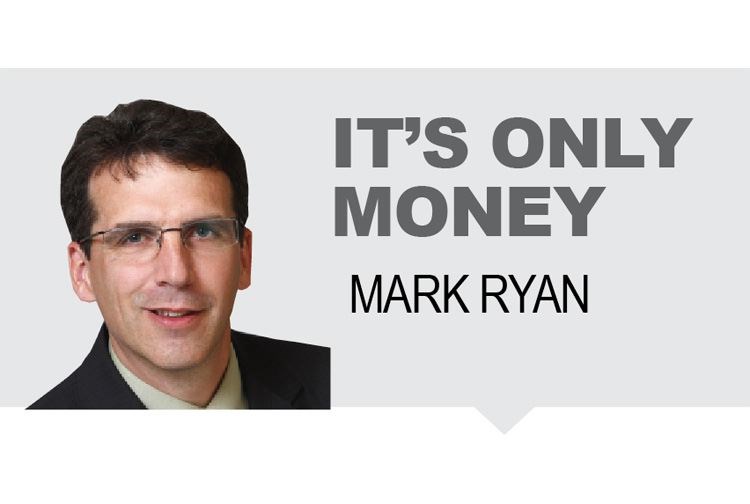When the NDP was first elected to power in B.C. in 1972, I was just 10 years old but old enough to recognize that something significant was afoot. Longtime BC premier W.A.C. Bennett, a crusty old capitalist, had done a great deal for Prince George and the province in general, but even his famous warning that "the socialist hordes are at the gates," couldn't turn the tide back in his favour. Time will tell what sort of influence the federal NDP will have on the new Liberal minority government recently elected nationally.
Not long into Justin Trudeau's first mandate, the federal Liberal budget had already caused considerable consternation. It included taxation rules directly impacting family business owners having Canadian-controlled private corporations (CCPC). The formerly-attractive small business deduction limit was reduced by $5 for every $1 of passive income above $50,000. As a result of this and other changes, the family who many years ago had made a choice to ditch that safe job (with a pension) and instead grow their own idea, hiring others along the way, had some of their long-term dream bubble burst. Now what?
Business owners can reduce their passive income in a few ways, such as:
- Invest to earn tax-advantaged capital gains;
- Establish an individual pension plan (IPP) (effective, but only in very specific cases);
- Through corporately-owned life insurance with a tax-exempt (within limits) investment component.
Each strategy has merits but the right sort of corporate-owned insurance may have a greater impact and the most flexibility of these tax-reducing ideas. After a sufficient period of premium build-up, you can access something equivalent to the funds you tucked away in to the policy without losing the insurance benefit. Meanwhile, the funds invested in the policy reduce the corporation's (taxable) passive income, and ultimately create a gorgeous (tax-free) capital dividend in your family's corporation.
Here's how it works.
First of all, you have to be healthy enough for an insurance company to take a bet on you. Then you run the numbers on the policy idea, often involving your accountant (if he or she is familiar with the concept). Then, if the numbers check out, after premium build-up period, you can access the funds within the policy before or during retirement in three alternative ways:
1) Take a full or partial withdrawal of the cash surrender value;
2) Obtain a policy loan, or;
3) Assign the policy as collateral to secure a bank loan. Some banks (mine included) will lend up to 100 per cent of the cash value of the policy.
The first two methods could result in a (taxable) deemed dispositions, so be careful.
Utilizing the cash surrender value as collateral for a bank loan is, frankly, often a very intriguing concept. It is commonly referred to as an insured retirement plan (IRP). The IRP shelters capital growth on a tax-deferred basis, provides tax-free supplemental retirement income utilizing policy values to obtain a loan and provides a tax-free death benefit net of any outstanding collateral loans.
Corporately owned, tax-exempt life insurance may help a business owner reduce passive income without sacrificing the traditional benefits of the insurance. It's a win-win. The government gets its money and so do you.
- Mark Ryan is an insurance representative with RBC Wealth Management Financial Services Inc. and these are Mark's views, and not those of RBC Dominion Securities. This article is for information purposes only. Please consult with a professional advisor before taking any action based on information in this article. See Mark's website at: http://dir.rbcinvestments.com/mark.ryan.



